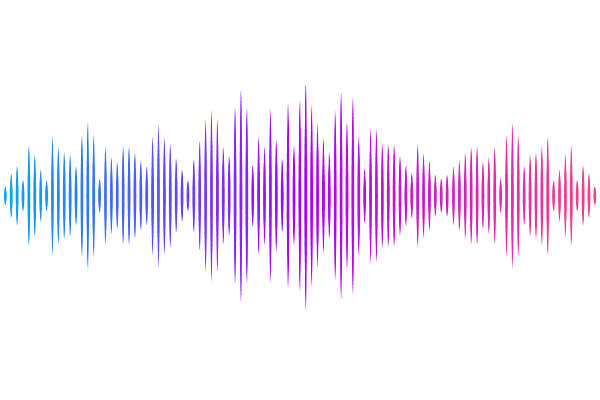Virion aggregation shapes infection dynamics and evolutionary potential

Virion aggregation shapes infection dynamics and evolutionary potential
Sethi, M.; VanInsberghe, D.; Mainou, B.; Lowen, A. C.
AbstractViral spread is classically thought to be mediated by single viral particles. However, viruses often disseminate in groups - as aggregates, inside membranous vesicles, or as clusters associated with bacterial components or other complex surfaces. The implications of collective dispersal for viral infectivity and evolution remain incompletely defined. Here, we used mammalian orthoreovirus to evaluate the impact of aggregation on the propagation of infection and the generation of viral diversity through reassortment. Aggregation of free virions was induced by manipulating pH and ionic conditions. This treatment promoted coordinated delivery of viruses to cells, increasing the number of virions per infected cell and number of virions per occupied endosome at early times of infection. Likely due to a consolidation of infectious units, aggregation concomitantly reduced the overall infectivity of the viral population and progeny virus yields. When viral populations comprised two genetically distinct viruses, aggregation increased the frequency of mixed infection and of genetic exchange through reassortment. Thus, the formation of collective infectious units lowers the replicative potential of mammalian orthoreovirus populations but increases viral evolutionary potential by promoting genetic diversification.